Part of the biogeoclimatic ecosystem classification system. Recognized biogeoclimactic units are a synthesis of climate, vegetation and soil data and are defined as “classes of geographically related ecosystems that are distributed within a vegetationally inferred climatic space.”
A hierarchical classification system of ecosystems that integrates regional, local and chronological factors and combines climatic, vegetation and site factors.
The diversity of plants, animals, and other living organisms in all their forms and levels of organization, including genes, species, ecosystems, and the evolutionary and functional processes that link them.
An independent organization within the BC Ministry of Forests, Lands and Natural Resource Operations, created to develop Crown timber for auction. BCTS was founded in 2003 with a mandate to provide the cost and price benchmarks for timber harvested from public land in British Columbia. Through 12 Business Areas and an operational presence in 33 locations, BCTS manages some 20 percent of the provincial Crown allowable annual cut.
Harvesting methods and silviculture operations, including: seed collection, site preparation, artificial and natural regeneration, brushing, spacing and stand tending, and other operations for the purpose of establishing a free-growing crop of trees of a commercially valuable species. Basic silviculture may be a requirement of a regulation, a pre-harvest silviculture prescription or a silviculture prescription.
Consists of: maintenance of the productivity of forest sites; restocking of denuded forest lands with commercial tree species within three years for areas west of the Coast Range and five years for areas in the Interior; and protection against damage by fire, insects and diseases to predetermined standards.
Same as bare ground.
All land surface not covered by vegetation, rock, or litter.
